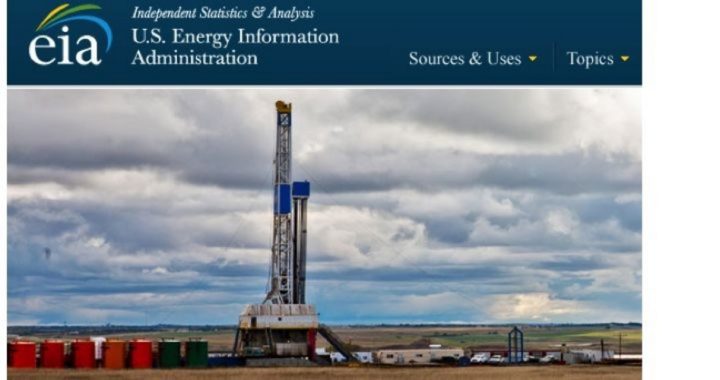
The U.S. Energy Information Administration (EIA) was hesitant to forecast where oil and gasoline prices might be in 2017. It said in its Short Term Energy Outlook published last week: “The values of futures and options contracts indicate significant uncertainty in the price outlook.”
Indeed they do. With a 95-percent confidence level, the EIA says the price of oil next year could vary anywhere between $34 a barrel and $71 a barrel. Forging ahead anyway, the EIA said that for all of 2017 crude will average about $52 a barrel (priced in Oklahoma) and $53 a barrel (priced in London). Gasoline will decline slightly, touching close to $2 a gallon by the end of the year and then moving to around $2.30 a gallon for 2017.
When its monthly Oil Market Report came out on Tuesday, things hadn’t clarified much, and so most of the report talked about why things were so uncertain. It was forced to admit that “this is not a forecast by the EIA [but] an assumption.”
The first and probably most important “variable” is the OPEC “deal” reached on December 10, cutting production by 1.2 million barrels per day. Remarkable was OPEC’s ability to persuade 11 non-OPEC producers to cut another 558,000 barrels a day, bringing the total production cuts to nearly 1.8 barrels a day. This, along with Trump’s election, was enough to lift crude oil prices above $50 a barrel from the mid-40s in early November.
Forecasters are holding their collective breaths to see if the OPEC agreement holds. The analogy of “herding cats” comes to mind, especially as there is no apparent enforcement mechanism, and no plans to meet again until May.
The next variable is the U.S. fracking industry’s remarkable ability to force down its breakeven points so that idled rigs are being brought back into production profitably. As was noted by Tsvetana Paraskova, writing at Oilprice.com on Tuesday, “the 21-rig increase this week represents the highest spike in the number of active rigs in the United States since July 2015.”
On top of that, Big Oil (ExxonMobil, Total, BP, and others) is expecting operating profits next year to be more than enough to cover their dividends, as well as their recently announced increased capital expenditure plans. Wrote Ben Levisohn at Barron’s: “Big Oil [is] relying on lower operating costs … and delivering on new growth to bridge the gap … to cover capex and dividends by 2017.”
A closer look at the stock performance of just one of the country’s largest banks, Bank of America, is instructive. On November 9, it was trading at $17. As this is being written, it’s at $22.82, a jump of 35 percent. Not all of that is the post-election stock market rally. It’s a recognition that many of Bank of America’s loans to the oil industry are more likely to be paid back, thanks to its improving profitability.
Lastly, Donald Trump’s likely pick for interior secretary, Cathy McMorris Rodgers, is expected to open up federal land and waters to oil and natural gas extraction. Since she was first elected to Congress in 2004, Rodgers has supported legislation to open up the Atlantic Ocean to oil and gas drilling, and to prevent the Department of the Interior from regulating fracking.
With all of these moving parts, it’s no wonder that the EIA doesn’t call their report a “forecast” but only an “assumption.”
An Ivy League graduate and former investment advisor, Bob is a regular contributor to The New American magazine and blogs frequently at LightFromTheRight.com, primarily on economics and politics. He can be reached at [email protected].



